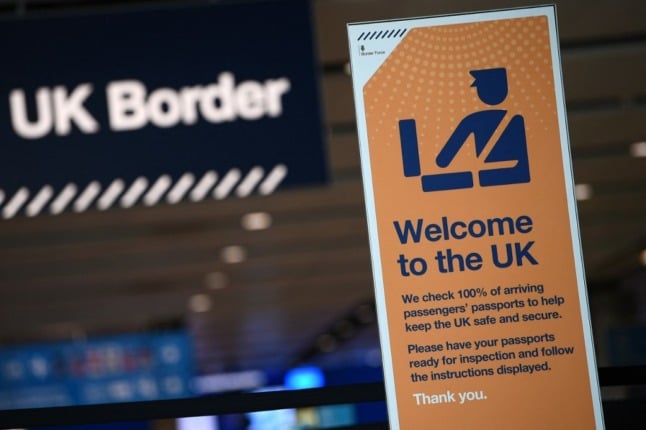“These documents are not to be confused with any of the following:
- Permesso di soggiorno – the permit to reside issued to Third Country Nationals (ie nationals of a non-EU country) now, and which those of you who arrived here before 2007 were given at the time.
- Attestazione di iscrizione anagrafica di cittadino Ue – the certificate of registration of residence of an EU citizen or family member in a Comune. From 2007 until 31st December 2020 this was the document issued to UK nationals who took up residence in Italy.
- Attestazione di soggiorno permanente per cittadini dell’UE– certificate of permanent residence as an EU citizen, issued also to UK nationals with 5 years legal residence until 31st December 2020.
- Attestazione di iscrizione anagrafica ai sensi dell’Art. 18.4 dell’Accordo sul recesso – the paper certificate issued between February and the end of December 2020 to UK nationals and their family members covered by the Withdrawal Agreement.
- Carta di soggiorno di familiare di un cittadino dell’Unione – issued to non-EU family members of an EU citizen including of a UK citizen until 31st December 2020.
- Carta di soggiorno permanente per familiari di cittadini europei – issued to those non-EU family members of an EU citizen who have permanent residence including those of a UK citizen up to 31st December 2020.
- Permesso di soggiorno UE per soggiornanti di lungo periodo – issued to third country nationals with at least 5 years legal residence (and on some additional conditions) and their family members.Unlike the Withdrawal Agreement, it confers some rights of mobility between EU countries and those who need such mobility (eg for work) should think about applying for it, though no guidelines have yet been issued in Italy on how this can be done by a British citizen covered by the WA.
- Certificato storico di residenza anagrafica – a certificate issued by a Comune to prove the residence of a person at some point in the past.”
For now, British in Italy is urging people to apply for their biometric carta di soggiorno as soon as possible.
For more information, check the British government's Living in Italy website and the British in Italy website.



 Please whitelist us to continue reading.
Please whitelist us to continue reading.
Member comments